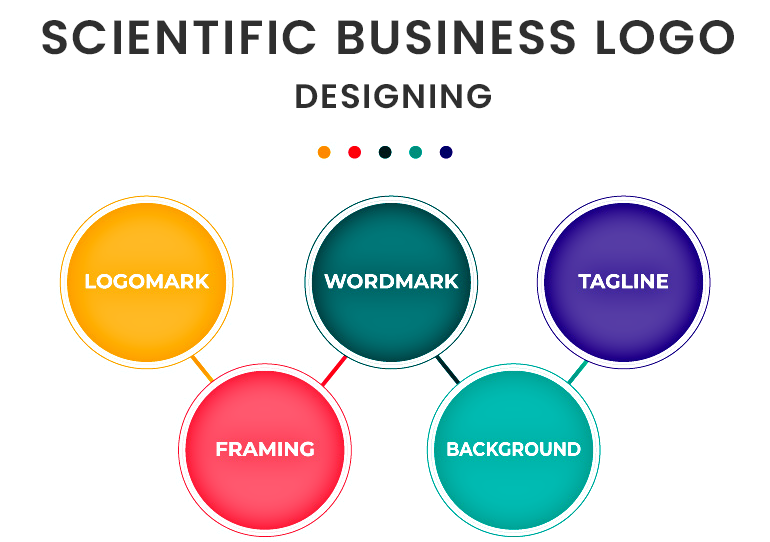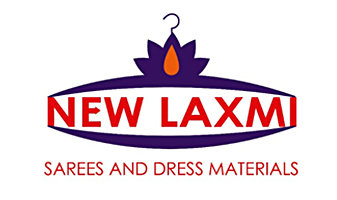What is Logo? Logo is signature of company and it can reveal the personality of company. The usage of Logo on various product that are used for branding will help people to understand the presence of company. E.g. Company logos are used on various things like T-Shirts, Brochures, Visiting Cards, Booklets, Websites, Product Packaging etc. marks the identify of company. Logo represents the company.
As professional logo analysis and design we do thorough study of business with detailed discussion with business owner and suggest new logo or changes in existing logo.
What we do as part of these services
- Understand the brand by gathering information about the brand’s history, values, and target audience.
- Start with rough sketches to explore different concepts and directions.
- Use mind maps to brainstorm words and ideas related to the brand.
- Choose a few sketches that best represent the brand’s identity.
- Create digital versions of the selected concepts using design software
- Share designs with stakeholders or potential customers for feedback.
- Refine designs based on feedback, making adjustments tocolor, typography, or composition.
- Once a design is selected, create different versions (color, black and white, variations for different uses)

What components comprises Logo as brand identify
Colors evoke emotions: Different colors can elicit specific feelings. Analyzing the colors used in a logo can reveal the brand’s intended message.
Geometric shapes: Circles can suggest community and unity, while sharp angles might convey innovation or edginess. The shapes in a logo can communicate core values or brand characteristics.
Font choice: The typeface can significantly affect perception. The legibility and style of the text play a crucial role in brand recognition.
Memorability: Simple logos are often more memorable and versatile. Analyzing the complexity of a logo can help determine its effectiveness in various contexts, from business cards to large-scale signage.
Hidden meanings: Many logos incorporate symbols that may have deeper meanings or cultural significance. Understanding these can provide insights into the brand’s narrative and values.
Alignment with audience: A logo should resonate with its intended audience. Analyzing who the target demographic is can help assess whether the logo effectively communicates the brand’s message.
Competitor analysis: Comparing a logo to those of competitors can reveal positioning strategies. A logo that stands out in its industry may communicate uniqueness or a niche focus.
Conclusion
Conducting a thorough logo analysis can help businesses refine their brand identity, ensuring that their visual representation aligns with their values and appeals to their target audience. It’s a blend of art and science, aiming to maximize impact and recognition.
Both logo analysis and design require a blend of creativity and strategic thinking. A successful logo should not only look good but also communicate the brand’s identity effectively and resonate with its audience.




